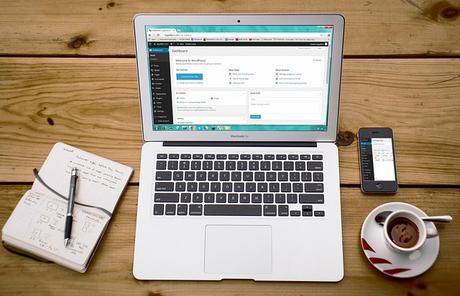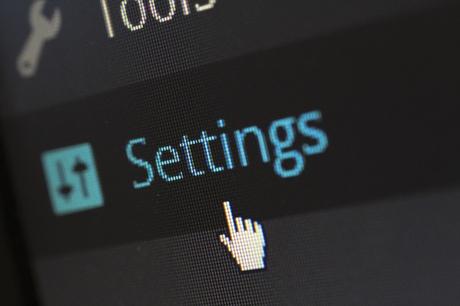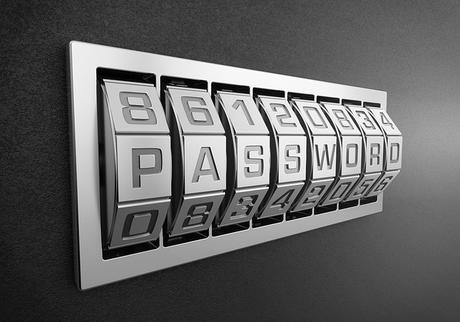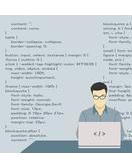Guard Your Wp-Admin Directory
According to the recent statistics, there are about 74,652,825 WordPress websites. That’s more-or-less comparable to the entire population of Turkey. Therefore, this post about safety measures for blog security will address WordPress users predominantly. When it comes to managing your WordPress directory, the wp-admin is considered to be the heart of any WordPress website. For that particular reason, if this tiny, yet extremely significant part of your website gets breached, your entire site is at risk.

The most popular and convenient way to guard your information in your wp-admin directory is to protect it with a strong password. Indeed, a website owner should submit two passwords to access the dashboard. Why? One password to serve as a guard of the login page, while the second password protects the WordPress admin area. You can also unblock those parts when you lock the rest, if the website users need to access some particulars areas of the wp-admin.
There are some reliable password protection plugins. For example, the AskApache Password Protect plugin is specially designed for securing the admin area.
Keep your plugins and themes up to date
One of the best practices to secure your blog is to keep each and every associated platform or theme you have installed up-to-date. A lot of tools are built as open-source software programs, which means their code is easily accessible to the public, including both well-intentioned developers and malicious hackers. As such, any hacker can easily go over this code, looking for security loopholes that would enable them to take complete control of your website.

For example, if you have your website built on WordPress, your base WordPress theme installation probably includes third-party plugins that could potentially be at risk for these kinds of attacks. You have to ensure that you always get the most recently available versions to minimize the risks. This tip will reduce the danger of getting hacked, and doesn’t take too much time.
When you login to your WordPress dashboard, you can confirm the availability of the latest available updates by just looking for the ‘update’ icon in the top left corner, usually featured next to your site name.
Back-Up Your Site Regularly
Regardless of the fact that you have guarded all potential loopholes on your website and are taking all the cautionary measures, you can never really be sure of anything, especially in a world of clever and talented hackers. Backing up your site is a crucial action of protection. At the end of the day, if you keep an off-site backup somewhere, like in the cloud, it will take you a long way.

After making a backup, you will always be able to restore your WordPress website in a working state at any given time, should you need to. There are a few plugins which can help you in this regard. If you are looking for a premium solution, there are options like VaultPress by Automattic. I use it, and it creates backups every 30 minutes, which is incredible. If anything bad ever happens, my site is still safe, and I can restore it with one simple click. In addition to everything above, it also keeps a check on my website for malware, and instantly alerts me if it detects anything shady, provided I am using xfinity packages.
Enforce Strong Passwords
This might sound cliché and simple, but you still cannot ignore its importance. I know it is tempting to keep that one favorite password which you think will always be convenient and effortlessly memorable for you. The most used password is still 123456. You can do better than that – a lot better.

Put in some effort to come up with a unique, secure password. If you can’t do that, there are other solutions. You can use HostGator’s password generator, which will create a secure and strong password for you. Try to keep it long. Add a mixture of special characters, numeric digits, and a few letters. Also, refrain from possibly easy-to-guess passwords, like your birthday or any family member’s name. Such information is easily available. If a hacker got access to such facts about you, they will be smart enough to guess it in just a few attempts.

